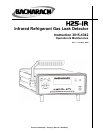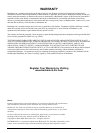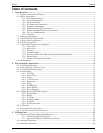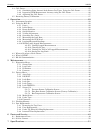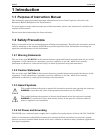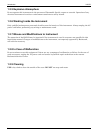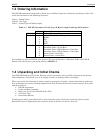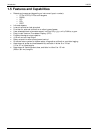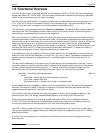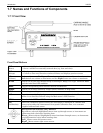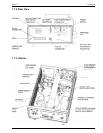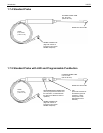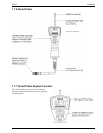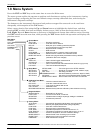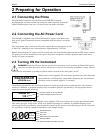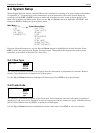
H25-IR Introduction
Instruction 3015-4342 1
1 Introduction
1.1 Purpose of Instruction Manual
This instruction manual provides important information on how to install, operate, and service the
Bacharach H25-IR Refrigerant Gas Leak Detector.
To assure operator safety and the proper use of this instrument, please read, understand, and follow the
contents of this manual.
Please retain these instructions for future reference.
1.2 Safety Precautions
Safety is essential in the use and maintenance of Bacharach equipment. Therefore this instruction manual
and any markings on the exterior of H25-IR case provide important safety information concerning the
operation and maintenance of this instrument.
1.2.1 Warning Statements
The use of the word WARNING in this manual denotes a potential hazard associated with the use of this
equipment. It calls attention to a procedure, practice, condition, or the like, which if not correctly
performed or adhered to, could result in injury or death of personnel using this instrument.
1.2.2 Caution Statements
The use of the word CAUTION in this manual denotes a potential hazard associated with the use of this
equipment. It calls attention to a procedure, practice, condition, or the like, which if not correctly
performed or adhered to, could result in damage to the instrument.
1.2.3 Hazard Symbols
This symbol indicates the need to consult this instruction manual when opening the enclosure.
WARNING: A potential risk exists if the operating instructions are not followed.
This symbol indicates the presence of electric shock hazards when the enclosure is opened.
WARNING: To avoid risk of injury from electric shock, do not open the enclosure when AC
power is applied to the instrument.
1.2.4 AC Power and Grounding
The H25-IR uses a universal power supply that is capable of accepting inputs of 100 to 240 VAC, 50/60 Hz.
Under no circumstances should this instrument be operated without connection to a protective ground.
Doing so creates a potential shock hazard and is also a violation of electrical safety standards applicable to
this type of equipment.



